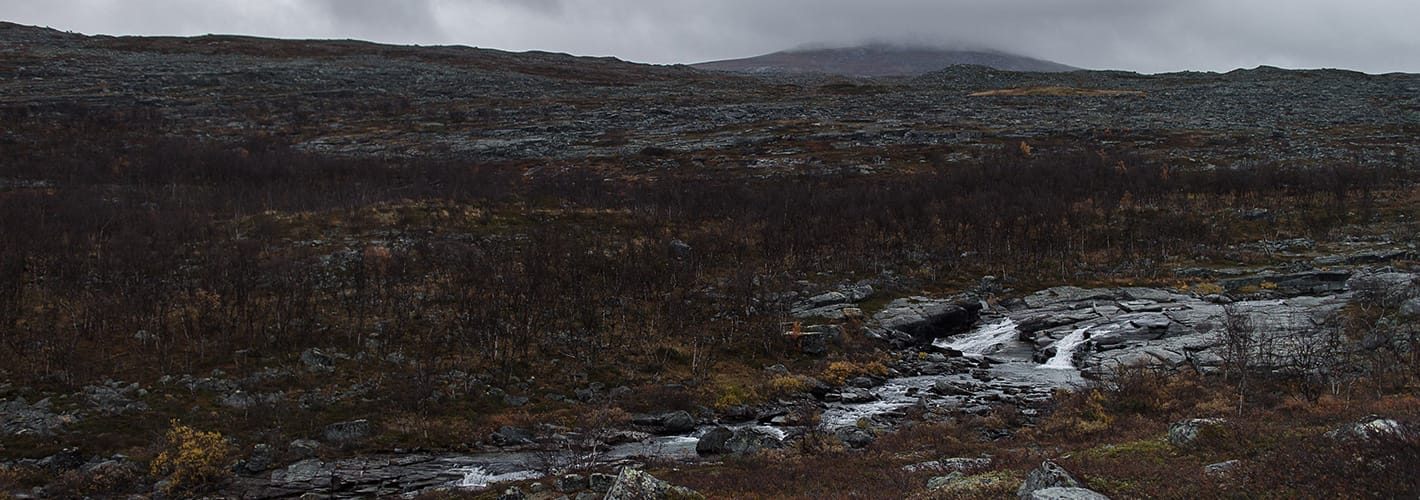This will be my 4th time in the Kilpisjärvi area. It is a special place that, since I had the privilege of spending time there for the first time in 2013, I am regularly coming back to it in my thoughts and dreams.
At first, Kilpisjärvi seems to be scarce in many respects; With 200km distance to Muonio, the closest Finnish settlement (the next Norwegian settlement, Skibotn, is a mere 50km away), Kilpisjärvi is what can safely be considered as culturally remote. More so, its environment is scarce; flat hills (so-called tunturi) with the occasional cripple birch grove.
But on closer examination, the area unfolds into a multitude of facets, seemingly condensed representations of todays most pressing challenges.
Nature-Culture
Located close to the three nation border of Finland, Norway and Sweden, differences in national customs are immanent. Because of different price and tax policies, Norwegians regularly drive hundreds of kilometres not only to shop for meat in the small supermarket, they also occupy a significant amount of allotment during their winter vacations to entertain themselves with cross-country tours on snowmobiles; a “sport” that is banned in Norway but tolerated in Finland.
Other clashes are e.g. the one between interests in “cultivation” (farming, reindeer herding) and “nature” (nature preserves, conservationism), and the collisions of interests between village dwellers, rural dwellers, tourists and bio-lab researchers.
Vegetation and climate
The area around Kilpisjärvi is comprised of (at least) three vegetational zones which the country borders seem to follow: While the Finnish side is dominated by a flat high plateau with several tunturi hills, the Swedish side offers substantially higher, almost alpine mountains. Last not least, the Norwegian side is, well, Norwegian with the Lyngenfjord extending from about 50km away from Kilpisjärvi all the way to the open Norwegian sea.
Along with this variety comes a rapid change of climate and weather conditions with the Norwegian side, although more North than Sweden and Finland, being milder, possibly influenced by the huge body of water of Lyngenfjord.
